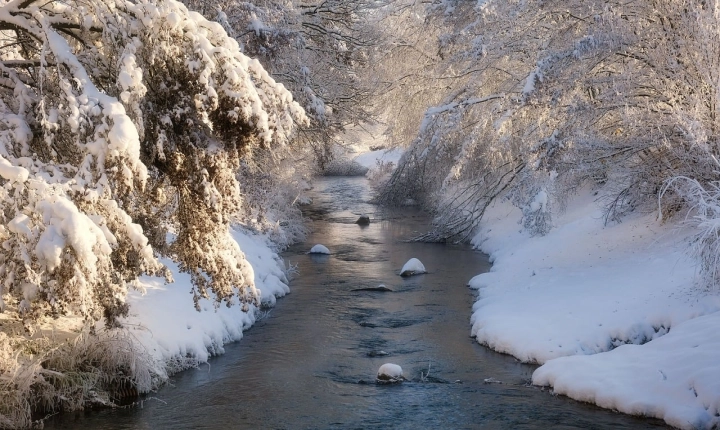Title: The Rise of AI Art: How Creators Are Harnessing Artificial Intelligence to Redefine Art
Artificial intelligence (AI) has become an increasingly integral part of our lives, impacting various industries and sectors. While its application in fields like healthcare, finance, and transportation are well-known, its influence in the world of art is also gaining significant traction. The emergence of AI art, a form of creative expression where machines generate art, is redefining the traditional boundaries of creativity and challenging perceptions of what constitutes authentic artistic production. This article delves into the ways in which people are creating AI art and the implications of this technological innovation on the art world.
One of the most prominent techniques used in creating AI art is through the use of Generative Adversarial Networks (GANs). GANs are a type of machine learning model consisting of two neural networks – a generator and a discriminator – that work together to produce new, original images. This process involves feeding the AI system with large datasets of existing artwork, and as the networks learn and evolve, they can autonomously generate new pieces of art. The results are often mesmerizing, with AI generating intricate, abstract, and visually striking compositions that challenge traditional artistic norms.
Another approach to AI art involves the use of style transfer algorithms, which enable artists and creators to manipulate and blend different artistic styles, leading to the creation of entirely new, AI-generated artworks. By applying these algorithms to existing images, AI can seamlessly transform them into entirely distinct visual representations, allowing for the fusion of diverse artistic styles, movements, and techniques. This process effectively democratizes the act of creating art, as individuals with no formal artistic training can harness AI to produce visually compelling and innovative pieces.
Moreover, AI art is not confined to the realm of static imagery. It extends to other mediums, such as music and literature. AI-powered tools can compose original musical compositions, generate poetic verses, and even replicate the writing style of famous authors. This expansion into multiple artistic domains further demonstrates the adaptability and versatility of AI in creative endeavors.
The emergence of AI art also presents a myriad of ethical and philosophical considerations. The concept of authorship and originality is brought into question, as AI-generated artworks blur the distinction between human-generated and machine-generated creativity. Additionally, the potential for AI to replace human artists raises concerns about the future of artistic labor and the preservation of artistic heritage.
Despite these complexities, AI art opens up new possibilities for collaboration between humans and machines, serving as a tool for artists to amplify their creative potential and explore uncharted artistic territories. The use of AI in art also highlights the symbiotic relationship between technology and human expression, fostering a dialogue about the evolving nature of creativity in the digital age.
As AI continues to advance, the field of AI art is likely to witness further growth and experimentation, offering a glimpse into the future of artistic creation. Whether it be through the augmentation of human artistic capabilities or the emergence of entirely novel artistic forms, AI is poised to significantly impact the trajectory of art in the years to come. This fusion of cutting-edge technology and artistic ingenuity is reshaping the very landscape of art, inviting us to redefine our understanding of creativity in the age of artificial intelligence.
